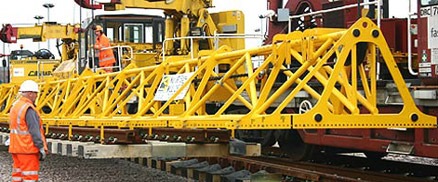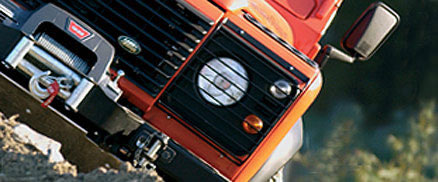Personal fall protection systems are required when an operative is working at an elevated level with an unprotected side or edge, which can be at any height. The system must be designed in such a way to prevent the operative from free falling more than 2 metres or striking a lower level. One of the ways that a company can accomplish this task is by using a Fall Arrest system
Key Components of a Fall Arrest System
There are a number of issues that need to be addressed when considering using a fall arrest system:
- Impact Force
The maximum impact force for a full body harness is 6kN and 10kN for the anchorage point. Calculating the impact force is difficult because there are so many variables. These variables include fall distance, person’s weight, and attachment method (self-retracting lifeline, shock-absorbing lanyards, etc.)
- Equipment Compatibility
It is important that the equipment being used is compatible with one another. The entire system needs to be measured by its weakest link. Conventional locking snap hooks need to be used with compatible D-ring connectors. It is a general recommendation that a user does not mix fall protection equipment from various manufacturers in order to avoid a compatibility issues and to ensure maximum manufacturer guarantee of quality and use.
- Free Fall Distance
In layman’s terms, it is the distance that a person falls before any part of the system starts to arrest the fall. Free fall is measured from the anchorage point to the point in which the system started to arrest the fall. This distance excludes deceleration distance and lanyard/harness elongation. Maximum free fall distance is 2 metres or striking a lower level.
- Total Fall Distance
Is measured as the distance the operative fell from the point at which they were standing to the position of their feet after the fall. Free fall and deceleration distances are included in the measure.
- Anchorage Points
Anchorage points for the fall arrest protection system need to be rated at a minimum of 10kN per person. If engineered, they need to have a 2:1 safety factor.


